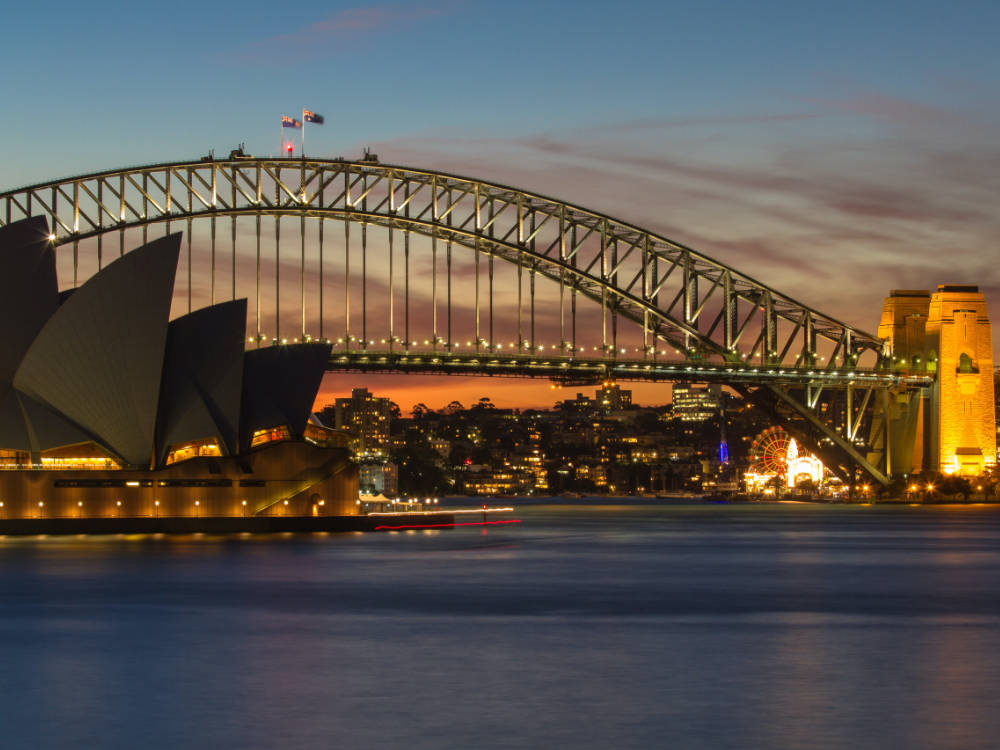The Covid pandemic has illustrated how people bring cities to life through their removal. Without people bustling through the main streets of Sydney, Melbourne and other cities in lockdown, these places simply become buildings and infrastructure.
Streets bustling with people are what make a city special. And while we may be biased, there’s nothing prettier than Sydney Harbour sparkling on a sunny day, as people take ferries past the iconic Sydney Opera House, the Harbour Bridge, and the historic Rocks precinct, on their way to Manly Beach, for sun, surf, and fish and chips.
The Covid pandemic has dramatically illustrated the necessity of making our cities more and more liveable, so what are urban designers, urban planners, architects, landscape architects, transportation engineers, and industrial designers focused on right now?
Shifting populations between our cities
Melbournians, subjects to the harshest and most protracted lockdowns in the country, are taking off for greener pastures, with the latest figures from the Australian Bureau of Statistics showing that, since the start of the pandemic, a net 34,366 residents have left Melbourne, 22,651 for other parts of Victoria and 3,682 who have relocated to Brisbane.
While Melbourne, as well as Sydney residents, are relocating, Brisbane and Perth are gaining new residents.
As our population vaccination levels continue to rise, businesses whose workforces have dispersed are preparing for employees to return to work. CEOs are keen to see the return of their teams back into the city, while still offering a work-from-home hybrid for those who want it.
In a clear move to entice people back to the city, the NSW Government’s $50 million stimulus program will see the five-hundred thousand NSW residents receive four $25 ‘Thank God It’s Friday’ vouchers to indulge within the 2000 postcode.
Bring back the long, lazy lunch! (That blends into dinner.)
Commercial and retail decentralisation
Right now is a fantastic opportunity for real estate developers, with commercial property rent in our cities at a record low. The retail vacancy rate across Australia’s major CBDs has risen to 12.9 percent, according to a new report from CBRE covering the first six months of the year to June 30.
Sydney’s CBD retailers fared the best, with a vacancy rate of 8.3 percent, followed by Brisbane at 12.7 percent, Melbourne at 12.8 percent and Adelaide the worst, at 13.3 percent.
Real estate agents report there are many overseas investment buyers looking to purchase during what is likely to be a brief dip in an otherwise ever-upward price trajectory. The short-term pain for commercial landlords could turn into a long-term gain for commercial investors.
Hyper local
The pandemic has redefined our sense of place; people are engaging far more closely with their own neighbourhoods and local government areas, discovering parks, waterways and other places they overlooked or didn’t appreciate.
Many are discovering or rediscovering the joys of walking and cycling, which may mean a higher demand for urban green spaces, bush tracks and bike lanes. Conversely, protracted warnings about the dangers of infection may mean support for public transport could decline and car usage could rise even further.
The hard-hit hospitality sector has inspired lots of local support by people who are keen to keep their neighbourhood buzzing with cafes and restaurants. While some doors have closed for the last time, other hospitality businesses have been nimble and energetic, reinventing their goods and delivery over and over again, buoyed by local community spirit.
Living with Covid
Throughout history, we have stoically endured wars, pandemics, lockdowns and other calamities. People’s perception and attachment to places is changing, perhaps forever.
These are extraordinary times that are calling for exemplary responses from all facets of society, including those who shape our cities. It’s an opportune time for planners and policymakers to co-create future cities with the most important stakeholders of all – the people who live in them.

